City driving lessons for beginners. Driving around the city - the main nuances that you should especially pay attention to
The license exam consists of three parts: theory, driving on the site and driving around the city. For many driver candidates it is final stage seems the most difficult, since it is not easy for beginners to navigate the road. Let's look at the sequence of actions and some secrets that will help you become the owner of the coveted certificate.
Pay attention to preparing for driving. Dress as comfortably as possible so that things do not restrict your movements. Choose shoes that you have ridden in more than once and feel the pedals well. If possible, do not take with you handbags, umbrellas, or other accessories that cannot be placed in your pockets. Otherwise, thoughts about how not to forget something in someone else’s car can prevent you from concentrating on the main thing.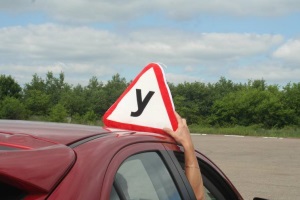
- Finally you found yourself in the driver's seat. The test begins right now, even before you press the pedals. Behave calmly and confidently. Perform the actions in this order:
- Adjust the chair.
- Adjust the mirrors (side and rear view).
- Fasten your seat belt.
- Turn on the daytime running lights or low beams.
- Remove the handbrake if you are standing on level ground. When you suspect that the car may roll backwards, pull away using the handbrake.
- Start the engine.
- Turn on the appropriate rotation.

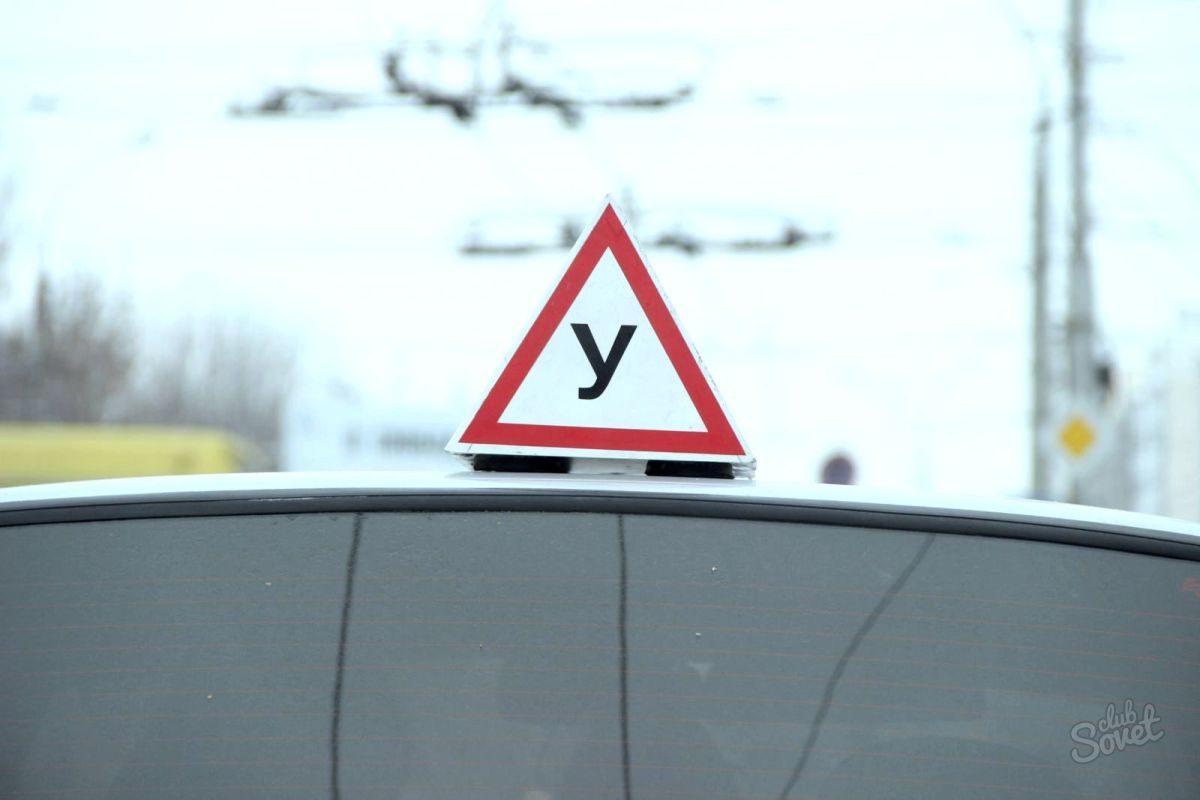


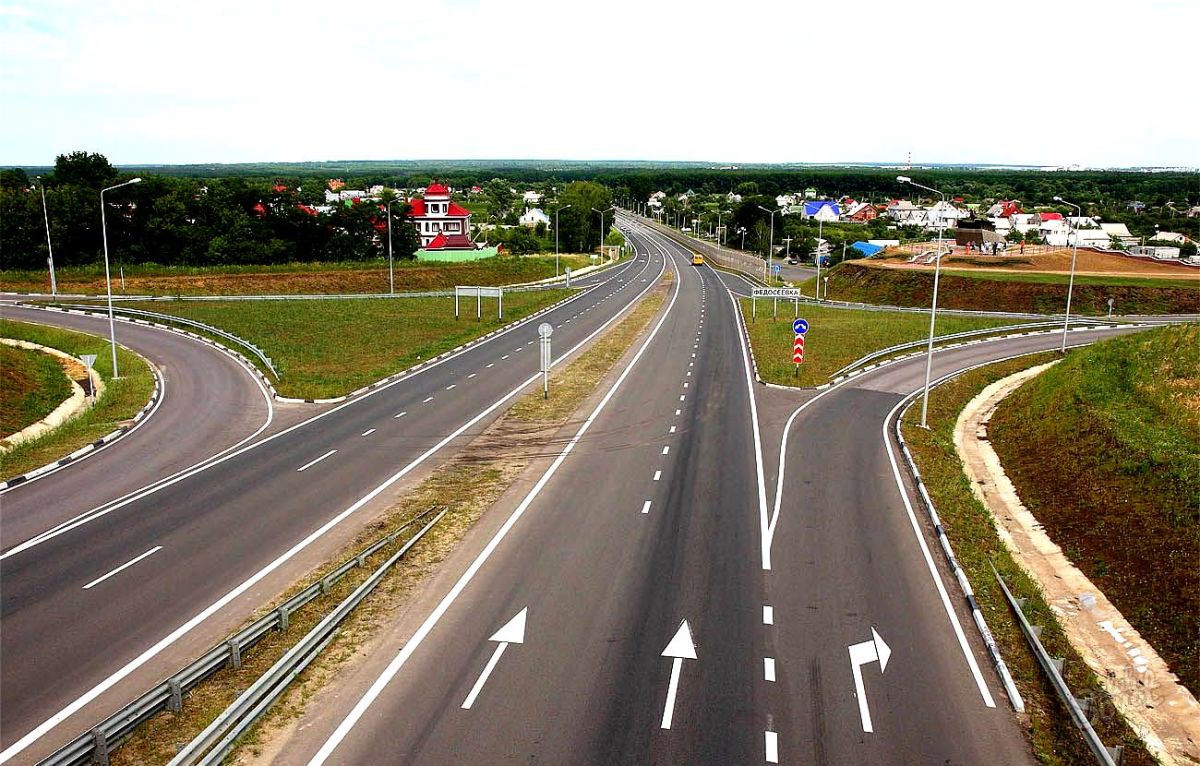
You can download it from us.

According to statistics, a person acquires minimal driving skills in an average of 32 hours of practical training. Driving school only provides 20 hours. That is, for a confident ride and a positive outcome of the test, you will most likely need additional lessons. You should not waste either time or money on them, because this is an invaluable experience that will come in handy more than once on the road.
Training with a driving instructor to drive a car in the city
Remember: before you start learning how to drive in the city with a driving instructor, you need to bring to automaticity the ability to work with the controls of the car, the main thing is monitoring the condition of the road and the behavior of other participants traffic. If we take a person’s attention to be 100%, then when performing any action, he distributes the degree of attention to each surrounding element. In a little more detail, you are driving a car around the city, your gaze is directed in the direction the car is moving - 100% attention is focused on the road, there is a need to change gear, turn on the turn signal, move your foot from the gas pedal to the brake pedal - your attention is scattered into parts in proportion to the functions performed. If you have brought these actions to automaticity when learning to drive on the site, then the redistribution of attention will be minimal and mainly focused on monitoring the road situation, otherwise the opposite will happen, the attention associated with driving around the city will be redistributed to working with the controls of the car, and this is fraught with consequences. Extreme cases are when you start looking at the pedals, turn signals, gear lever - in in this case You need to take additional training with a driving instructor at the site or practice driving a car around the city on streets with low traffic.
When driving with a driving instructor around the city, you need to remember:
- Not only do you move through time and space when driving a car around the city, but also other drivers and pedestrians. It is important to train yourself to constantly scan the surrounding reality: not only other drivers, but also types of road markings, road signs, traffic lights and instructions from road workers, including traffic police officers, even the behavior of pedestrians outside the roadway.
- Accustom yourself to the idea that driving around the city should only be done in a technically sound car, listen to the words of the instructor and at least visually inspect your car every day before leaving. A faulty (stolen wiper) does not cause any trouble at the moment, but if it suddenly starts to rain or splashes from a nearby puddle fall on the windshield, it is quite difficult to predict the possible consequences.
- Learn to predict the behavior of other road users, of course, you are not a psychic, but, nevertheless, no one has repealed the laws of physics. Suppose you have arrived at the stop line at an intersection and are waiting for the traffic light to clear, remember the words of the driving instructor - do not start driving until you are sure that your actions are safe; besides, at the same intersection, to your left or right, you are accelerating towards your traffic light. another driver and he does not have time, a prohibiting signal lights up for him, but he will not be able to stop sharply, and his braking distance in any case will be greater than the distance to you if you start moving. Another example: you are moving in the far right lane, and a child is running along the sidewalk to your right. There is a possibility that he will not notice the border of the sidewalk and will continue to run further onto the roadway. Perhaps you need to stop and make a remark to your parents, in any case you need to be prepared for emergency braking.
- Why is the service of a driving instructor in demand for city driving training in your car, simply because all cars have their own characteristics, and who else but a driving instructor who knows you as a driver can tell you in sufficient detail the nuances of driving this car. The difference between cars is not only in horsepower and drive types, but also in the efficiency of acceleration and braking, and in a host of other characteristics that affect the quality of control. What is especially important is the presence of blind spots in your car, that is, what you cannot see in the side mirrors and rear view mirror; you must come to terms with this and not be lazy to turn your head before starting to change lanes.
You need to constantly learn how to drive in the city, you need to accustom yourself to the idea that there are no identical routes, you need to constantly analyze the actions of other road users, and at the first opportunity you need to attend courses in emergency or extreme driving in your car. Do not forget that with the change of season from winter to summer, the behavior of the car also changes and you need to be prepared for this (changing tires from summer to winter in this case will certainly improve the chain properties, but nevertheless the braking distance will be different from what it was in the summer) .
Now driver license Almost everyone over the age of 18 can receive it. To do this, you just need to choose a driving school, regularly attend classes for 3 months and pass exams. Theoretical training is required, as well as training driving (on the site and directly in urban conditions). You can obtain both the right to drive passenger vehicles and trucks. The stricter rules for taking the exam do not always make it possible to pass the exam the first time, since a couple of mistakes can already lead a person to the word “retake”.
Requirements for the vehicle used for training
The necessary equipment is provided by special organizations that sell and service this type of equipment. Installation falls on the shoulders of the masters of driving schools or employees of the mentioned companies. The sign is installed individually by each driving school.
What is a waybill and why is it needed?
Each car in which training driving is carried out must have not only specialized equipment, but also a waybill, which contains notes about who drove it and when, how much fuel was and how much was left, what tasks were performed, etc. Waybill needed to record practical exercises and track the amount of fuel in car tanks. Completing the form after each lesson is a required training requirement.
The waybill (form) in most driving schools (regardless of the category for which training is provided) looks like this: 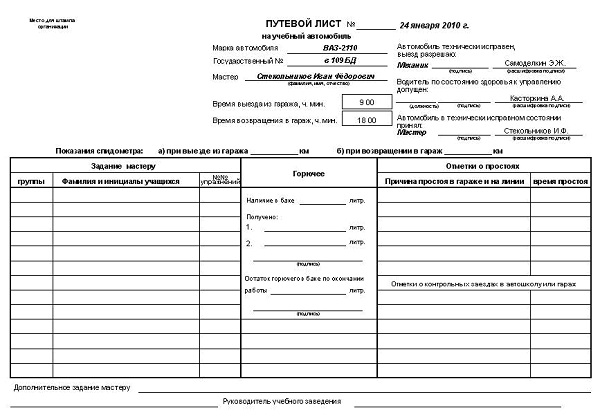
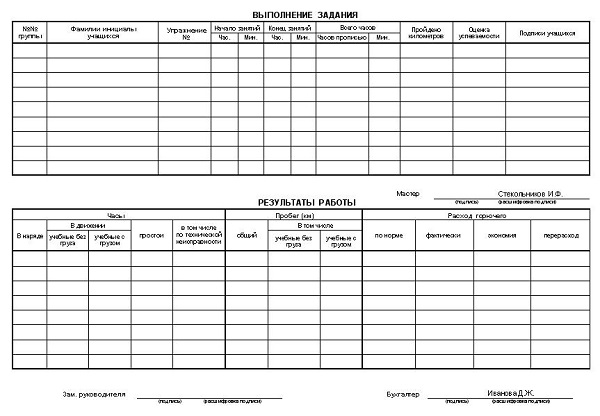
Requirements for the student imposed by traffic rules at the beginning of his training
- The future driver must have a certificate of authorization to drive any vehicle.
- Students learning to drive a passenger vehicle must be 16 years of age, but they will only be able to obtain a license upon reaching adulthood.
- Those wishing to learn to drive in categories C, D, E, etc. must already have a category B driver's license.
- The student must be guided by traffic rules not only in theoretical classes, but also in practice.
Training ride: with whom, where and when?
Driving lessons on city roads can only be carried out in the presence of an instructor and if the student has sufficient initial driving skills (presses the pedals without errors, changes gears, knows how to turn, etc.). Basic knowledge of traffic rules, as well as the ability to recognize a sign, are mandatory.
Driving lessons in residential areas or on highways are prohibited. Training routes must be coordinated with the traffic police authorities in the service territory they pass through.
The list of roads (in populated areas and outside them) on which training driving is prohibited is approved by local governments and published in the media. If the student does not have initial driving skills, then the first practical lessons are conducted in a closed area on a special site, which is assigned to the driving school and with the mandatory presence of backup pedals in the car. Driving practice in the city is possible only after several lessons on the site and the candidate driver has mastered all the technical rules for driving a vehicle.
Regardless of the place of practical training, the vehicle must have a “Training Vehicle” sign, cameras and a video recorder in the vehicle, and the instructor must have a waybill. The equipment is checked every time for serviceability.
How is the exam taken?
 The exam after training at a driving school is taken in 3 stages:
The exam after training at a driving school is taken in 3 stages:
- theoretical;
- practical on site;
- practical in the city.
For the practical exam, you need a waybill and an examination form, in which notes about errors and the final result are entered: passed or failed. The exam is taken in a car that has an identification mark and regulated equipment. Exam vehicles are usually also equipped with backup pedals, since even during an exam a situation may arise that requires a professional approach.
Theoretical exam: the driver candidate is given a form in which he puts down the numbers/letters of the answers that he considers correct, and a sheet with questions. No more than 2 errors are allowed. They usually prepare for the theoretical exam throughout the entire period of study, solving exam papers in special publications.
Practical exam on the site (autodrome): only those who have passed the theoretical exam are allowed to take it. At this stage, it will already be clear how well the future driver controls the vehicle controls, and is also aware of other driving principles. Training driving is carried out on a race track with the completion of 5 tasks: a U-turn, parallel parking, entering a box, an overpass and a snake. Requirements: no more than 5 points for errors. At this stage, the DVR and all cameras in the car are included in the exam. 
City Practice Test: City driving is the most difficult part for most students. The examination form at this stage has a large number of a graph with possible errors, the sum of points for which should not exceed 5, although one missed or misinterpreted sign already gives 3 penalty points. A video recorder is required, which records all the driver’s actions both inside the car and on the road, and cameras. Penalty points are also awarded when the instructor uses additional equipment (duplicate pedals) or otherwise interferes with the vehicle control process.
The main stage of training at a driving school is learning to drive a car. Almost no one has any problems with memorizing the rules of the road, but many earn their penalty points by passing the practical skills of driving a vehicle. What are the current requirements for training driving, who can carry out the training and what restrictions apply?
Training driving traffic rules
Training driving a car is fully regulated by the legislative norms specified in the Traffic Regulations of the Russian Federation (topic 21).
According to them, the student must be 16 years old at the time of training. This also applies to two-wheeled vehicles. Passing the practical driving test is allowed from the age of 18.
The exception is transport of subcategory A1. Before the training ride, the student must thoroughly know the traffic rules and use them in practice. The first lesson involves learning how to start and stop a vehicle, perform maneuvers, turns, and drive in reverse
. All this happens on a race track without car traffic.
Only after the future driver is thoroughly able to use the vehicle is training driving around the city allowed.
 Training ride around the city In urban conditions, training in practical driving skills is allowed only in a specially equipped car with a “U” sign.
Training ride around the city In urban conditions, training in practical driving skills is allowed only in a specially equipped car with a “U” sign.
(front and rear or only on the roof) and duplicate clutch and brake pedals (on cars with automatic transmission - only with brake). Additionally, a rear view mirror is installed for the instructor to fully control the situation on the road. Riding a motorcycle in the city is not allowed
. Training and passing the exam take place at the training ground (autodrome) in the manner prescribed by the traffic rules.
Training driving is carried out only during daylight hours under normal visibility conditions. When the vehicle is moving, no passengers except the instructor can be present inside. The vehicle itself must be in good technical condition.
When driving for training, the student must have with him a document confirming his actual age, while the instructor, at the request of the traffic police inspector, must provide a document giving the right to conduct the training process and driver's license corresponding category (subcategory).
Where training driving is prohibited
 The route for training driving is determined in advance in cooperation with the traffic police and local authorities.
The route for training driving is determined in advance in cooperation with the traffic police and local authorities.
List of roads on which training driving is prohibited:
- in the residential area (as well as the courtyard area), marked with sign 5.21;
- on roads marked with a “road for cars” sign, marked with sign 5.3;
- Many people ask the question: “Is driving instruction allowed on the highway?” Answer: “Driving on highways is prohibited, marked with sign 5.1.”
At the discretion of the traffic police and authorities, a local ban on the use of certain roads within the city may be introduced.
Driving in the dark is prohibited on any road, including the race track. The student’s main task is to learn to adequately assess the road situation and make appropriate decisions, observing current traffic regulations. Emergency steering is not the subject of driving lessons.
When learning to drive a car in the city, it is recommended to choose roads with minimal traffic and good road surface. It is allowed to use a vehicle with both a manual and automatic transmission, including during the test.
Admission to training driving on the road is not provided. The final decision is made by the instructor based on the student’s vision of the student’s practical driving skills. And it is he who is responsible for all violations that he makes during the learning process.
The permissible period of driving practice training is not regulated.. If necessary, the future driver can perform as many trips as he wants, if he needs it to improve his skills.
Video: Driving traffic rules



















